‘It was the best life.’ Unearthing a forgotten piece of Black history in an Akron park
Share
Explore Our Galleries
Breaking News!
Today's news and culture by Black and other reporters in the Black and mainstream media.
Ways to Support ABHM?
By Anna Huntsman, Ideastream
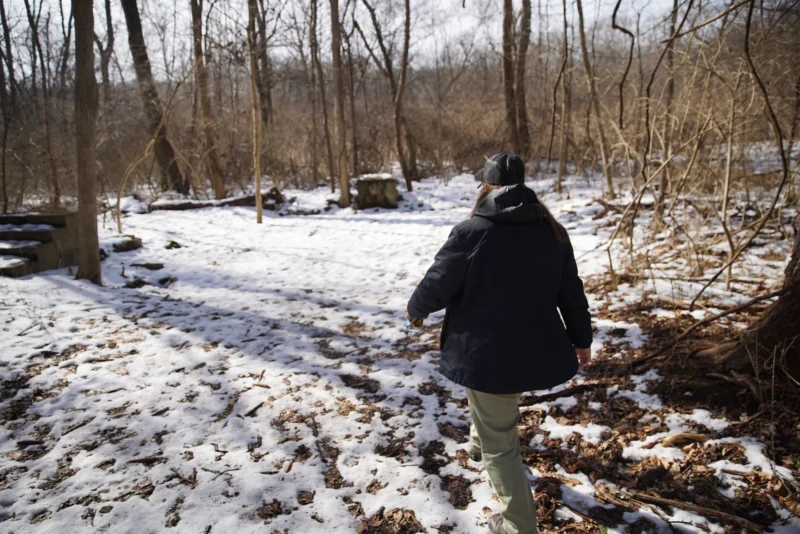
On a recent afternoon in Cascade Valley Metro Park, Summit Metro Parks cultural resources specialist Charlotte Gintert walked across a snow-covered trail that used to be a road called Honeywell Drive.
In the mid-20th century, when housing discrimination was common, this was a neighborhood where African Americans could buy a home, she said.
“The majority of those initial property owners were Black, so that is something very unique,” Gintert said.
The neighborhood, located on what is now the north side of Akron near the Cuyahoga Falls border, was known as Wheelock Cuyahoga Acres. In the late 1940s, the land was outside of the city limits, she said.
“[Residents] had to maintain the road themselves. They were responsible for taking their trash. They didn’t have electricity. Nothing was provided for them,” Gintert added. “But, they saw this as an opportunity to live out their version of the American dream.”
A dream that, at the time, wasn’t attainable for everyone. Discriminatory policies, like redlining, made it difficult for Black individuals to obtain loans and mortgages, she said.
But Gintert found old newspaper advertisements that show the properties at Wheelock Acres were available to both white and Black families.
“It was racially integrated in a time when that wasn’t very common,” Gintert said.
Despite this unique history, the neighborhood was long forgotten, Gintert said. In the late 1970s, the homes were sold and demolished to make way for the Valley View Golf Club, which closed in 2016.
But there’s still signs of the neighborhood that once was – if you know where to look, she said.
Learn how families and professionals are piecing together that history.
Our online exhibits teach about Black history.

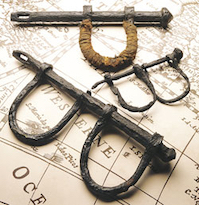
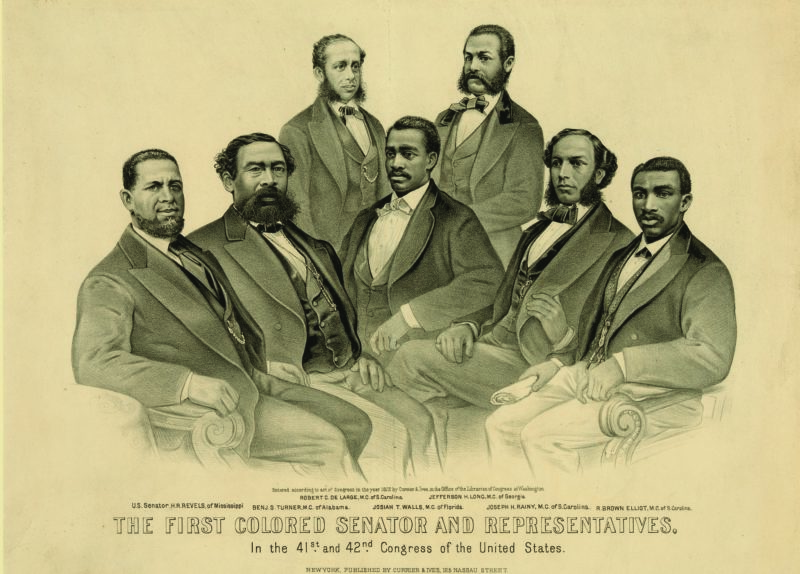
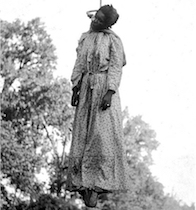
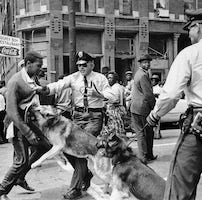

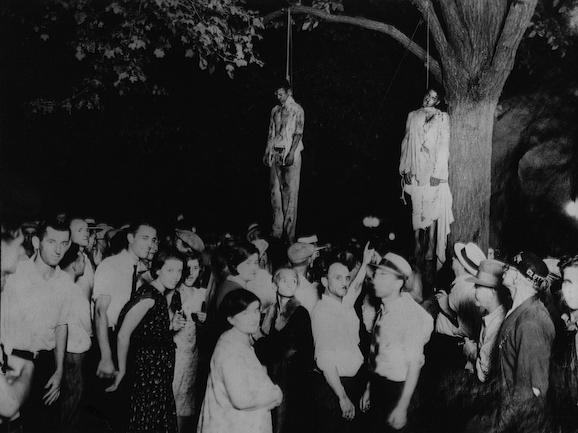

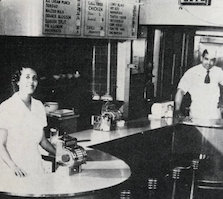
Comments Are Welcome
Note: We moderate submissions in order to create a space for meaningful dialogue, a space where museum visitors – adults and youth –– can exchange informed, thoughtful, and relevant comments that add value to our exhibits.
Racial slurs, personal attacks, obscenity, profanity, and SHOUTING do not meet the above standard. Such comments are posted in the exhibit Hateful Speech. Commercial promotions, impersonations, and incoherent comments likewise fail to meet our goals, so will not be posted. Submissions longer than 120 words will be shortened.
See our full Comments Policy here.